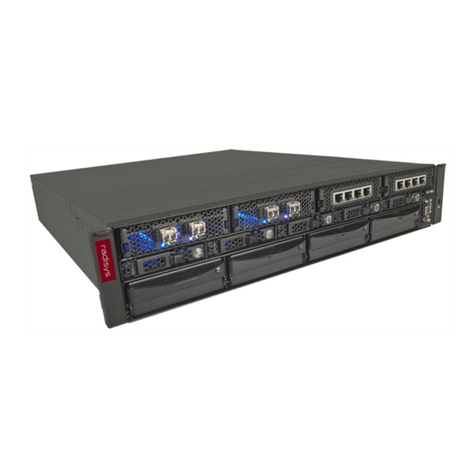
4
Chapter 4: LEDs and External Interfaces...................................................................................................... 19
Face plate interfaces ..................................................................................................................................................................19
LEDs........................................................................................................................................................................................................ 20
Face plate connectors......................................................................................................................................................................... 21
Reset button.......................................................................................................................................................................................... 21
Zone 3 interface.........................................................................................................................................................................22
Alignment keys..................................................................................................................................................................................... 23
Chapter 5: Components and Subsystems....................................................................................................25
SAS/SATA controller ..................................................................................................................................................................25
Hard disk drive...........................................................................................................................................................................25
Hardware management...........................................................................................................................................................26
Hot swap................................................................................................................................................................................................ 26
Reset ....................................................................................................................................................................................................... 27
Connectivity records for interface compatibility ........................................................................................................................... 27
Upgradeable components.......................................................................................................................................................27
Appendix A: Specifications ............................................................................................................................. 29
Environmental specifications ..................................................................................................................................................29
Safety specifications..................................................................................................................................................................30
Mechanical dimensions ........................................................................................................................................................... 30
Electromagnetic compatibility (EMC) ................................................................................................................................... 31
Power consumption..................................................................................................................................................................32
Mean time between failures (MTBF)....................................................................................................................................33
Environmental assumptions.............................................................................................................................................................. 33
General assumptions .......................................................................................................................................................................... 33
General notes ....................................................................................................................................................................................... 33
Appendix B: IPMI Commands and Managed Sensors ...............................................................................35
Supported IPMI commands....................................................................................................................................................35
Managed sensors ......................................................................................................................................................................36
Types of sensors .................................................................................................................................................................................. 36
Supported sensors............................................................................................................................................................................... 37




























